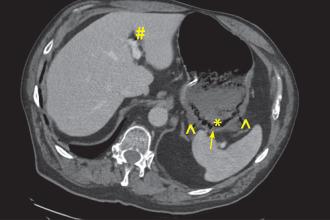Infection control in BC operating rooms
There is little difference between the practice of infection control in an operating room and religious dogma. Here are three examples that are patently ridiculous. Sinus surgery done by an ENT surgeon in the operating room is basically through snot but we make sure that the patient is prepped and draped. Hemorrhoidectomies are done by general surgery on a patient’s anus but we prep and drape the patient. Maxillofacial surgeons do mandibular osteotomies where the oral mucosa is cut into, the mandible is sawed in two, then plated with screws and closed, but we prep and drape this patient also. “Antibiotics for the lawyers” are sometimes given in the first example, never given in the second example, and always given in the third example.
In the big picture, the infection control practices in operating rooms have a very bad effect on the planet as most waste winds up either in the ocean or the atmosphere.
Even though much has been written about this, very little has been done about it, basically because the power structures in place in hospitals are just fine with the status quo. And the prime purpose of these power structures is to employ people, not to decrease infections.
A small first step in British Columbia would be to stop the surgical prep and draping for the three aforementioned examples.
The same can be said (i.e., that it is patently ridiculous) about the strict enforcement of dress codes in operating rooms in British Columbia. There is no evidence for this, but signaling who is in charge is very important to the power structures in hospitals, usually under the rubric of standards.
—Mark Elliott, MD
Vancouver

